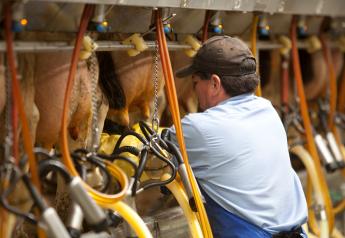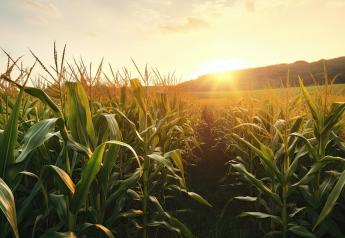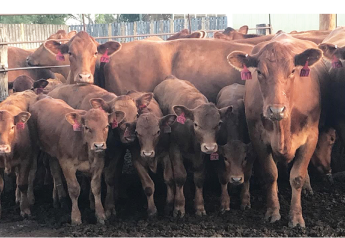Noble Plans Market Incentives for Soil Health

A national coalition convened by the Noble Research Institute recently announced its intent to create a new voluntary environmental services market that benefits agricultural producers and improves the environment for society at large.
This program aims to incentivize farmers and ranchers to improve soil health on working agriculture lands through the development of a market-based platform. Implementing sustainable agricultural production practices and technologies can create positive social, economic and environmental outcomes. Healthy soils can sequester carbon, improve water quality, control run-off and reduce water demand, all of which create a cleaner environment. Healthy soils also improve crop yield and resilience while decreasing farmers’ and ranchers’ need for agricultural inputs.
“Farmers and ranchers are the unsung heroes of our world. Their hard work feeds and clothes us. Their dedication is the foundation for our society,” said Bill Buckner, Noble Research Institute CEO and president. “This market-based approach seeks to reward farmers and ranchers for the land stewardship they practice for the benefit of all of us. The focus will be on monetizing soil health to reward those farmers and ranchers who are actively adopting and improving practices that protect our environment. We see our work as a model from which the program can expand to capture additional environmental and ecosystem benefits for all participating agricultural producers.”
According to the Intergovernmental Panel on Climate Change, the agriculture sector accounts for roughly a quarter of global greenhouse gas emissions. With the support of ecosystem services markets, however, agriculture can mitigate up to 89 percent of its emissions by incentivizing farmers and ranchers to sequester carbon in the soil.[1]
“The agriculture sector wants to participate more in the sequestering of carbon, but the economics need to be there to bridge the gap,” said Jerry Lynch, chief sustainability officer for General Mills. “We’re attempting to unleash the vast capabilities of the agriculture sector and the regenerative practices that so many farmers and ranchers use as the foundation of their operations.”
The scientific rigor for the program will be established by the Soil Health Institute and the Noble Research Institute’s Land Stewardship Program, which has engaged an initial set of ranches covering 70,000 acres in the U.S. Southern Great Plains (Oklahoma and Texas).
“From the very first meeting to today, this entire process has been focused on the farmer and rancher,” said Jimmy Emmons, an Oklahoma rancher and a member of the steering committee that created the marketplace. “The program helps inspire soil health practices, which will only serve to improve the producer’s land while helping the environment. It’s the definition of a win-win.”
In 2018, an ecosystem services protocol and a go-to-market business strategy will be developed. This effort will address the technical needs of the program, including transparent methods for monitoring and verifying beneficial outcomes as well as an assessment of credit supply, buyer demand and financing structures to sustainably support this program. Pilots will be conducted in early 2019 with the national rollout of the official platform to follow.
The marketplace steering committee includes representatives from the Noble Research Institute, General Mills, the Soil Health Institute, Newtrient, National Association of Conservation Districts, Gordian Knot Strategies, DRD Associates, Strategic Conservation Solutions, and Oklahoma and Texas farming/ranching communities. The Natural Resources Conservation Service provides technical assistance on quantification tools and conservation practices.
To learn more about the program or to view the request for proposal (RFP), visit www.noble.org/market.







